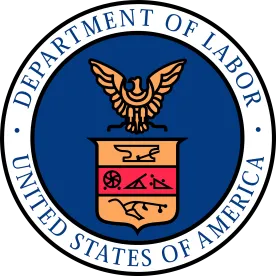On January 12, 2020, the Department of Labor’s Wage and Hour Division released the final changes to its joint-employer regulation under the Fair Labor Standards Act (FLSA). Originally proposed in April 2019, the updated regulation provides a clear, bright-line standard that is intended to clarify the circumstances in which a business entity may be determined to be a joint employer of another entity’s employees.
The Four-Factor Test
The final regulation adopts the four-part analysis for determining joint-employer status largely as proposed. The test will examine whether the putative joint employer:
-
hires or fires the employee;
-
supervises and controls the employee’s work schedule or conditions of employment to a substantial degree;
-
determines the employee’s rate and method of payment; and
-
maintains the employee’s employment records.
The final rule emphasizes that the test balances the relevant factors, that no single factor is dispositive, and that all four factors need not necessarily be satisfied in order for an entity to be deemed a joint employer. Significantly, the rule states that “the other person’s ability, power, or reserved right to act in relation to the employee may be relevant for determining joint-employer status, but such ability, power, or right alone does not demonstrate joint-employer status without some actual exercise of control.”
Certain Business Practices Do Not Trigger Joint-Employer Liability
The final rule also expressly identifies specific business models and practices that do not make a finding of joint-employer status more or less likely. These include:
-
operating as a franchisor or entering into a brand and supply agreement;
-
contracts requiring compliance with specific legal obligations or certain standards to protect the health or safety of employees or the public (e.g., requiring compliance with the FLSA, the adoption of sexual harassment and workplace safety policies and protocols, etc.)
-
Contracts requiring quality control standards to ensure the consistent quality of the work product, brand, or business reputation;
-
Providing sample employee handbooks or other forms; allowing “store within a store” arrangements; offering an association health or retirement plan; or jointly participating in an apprenticeship program with the employer.
Hypothetical fact patterns are also codified in the final regulation to provide guidance to the regulated community on how and when joint-employer liability may be triggered.
Takeaways for Employers
The final regulation will appear in the Federal Register on January 16, 2020, and go into effect on March 16, 2020. Of course, this regulation is limited to joint employment under the FLSA and does not address joint employment under other federal or state statutes (indeed, the National Labor Relations Board is expected to issue its own final joint-employer regulation in short order, and the Equal Employment Opportunity Commission has promised that it will weigh in on the issue as well). Further, given the significance of this issue over the last few years, there likely will be litigation over this final regulation. Therefore, employers may want to consult with their attorneys regarding the status of this regulation, as well as their joint-employer obligations under other regulatory regimes, prior to making any changes to their policies or practices.




 />i
/>i

